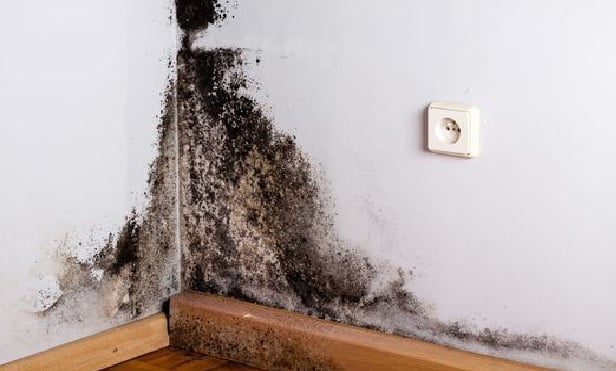 Perhaps the tricky part of handling water damage claims is the advice to prohibit mold growth while simultaneously protecting the scene for the appraiser to inspect the damage and write an estimate. (Photo: cegli/Adobe Stock)
Perhaps the tricky part of handling water damage claims is the advice to prohibit mold growth while simultaneously protecting the scene for the appraiser to inspect the damage and write an estimate. (Photo: cegli/Adobe Stock)
It's the same amount of time from 2022 to 1992 as it is from 1992 to 1962. Unfortunately, when thinking about "30 years ago," 1962 is no longer the reference point for many young adjusters who were born after the 1990s.
Recommended For You
Want to continue reading?
Become a Free PropertyCasualty360 Digital Reader
Your access to unlimited PropertyCasualty360 content isn’t changing.
Once you are an ALM digital member, you’ll receive:
- Breaking insurance news and analysis, on-site and via our newsletters and custom alerts
- Weekly Insurance Speak podcast featuring exclusive interviews with industry leaders
- Educational webcasts, white papers, and ebooks from industry thought leaders
- Critical converage of the employee benefits and financial advisory markets on our other ALM sites, BenefitsPRO and ThinkAdvisor
Already have an account? Sign In Now
© Touchpoint Markets, All Rights Reserved. Request academic re-use from www.copyright.com. All other uses, submit a request to [email protected]. For more inforrmation visit Asset & Logo Licensing.







